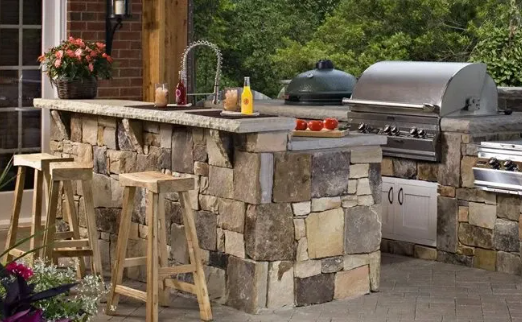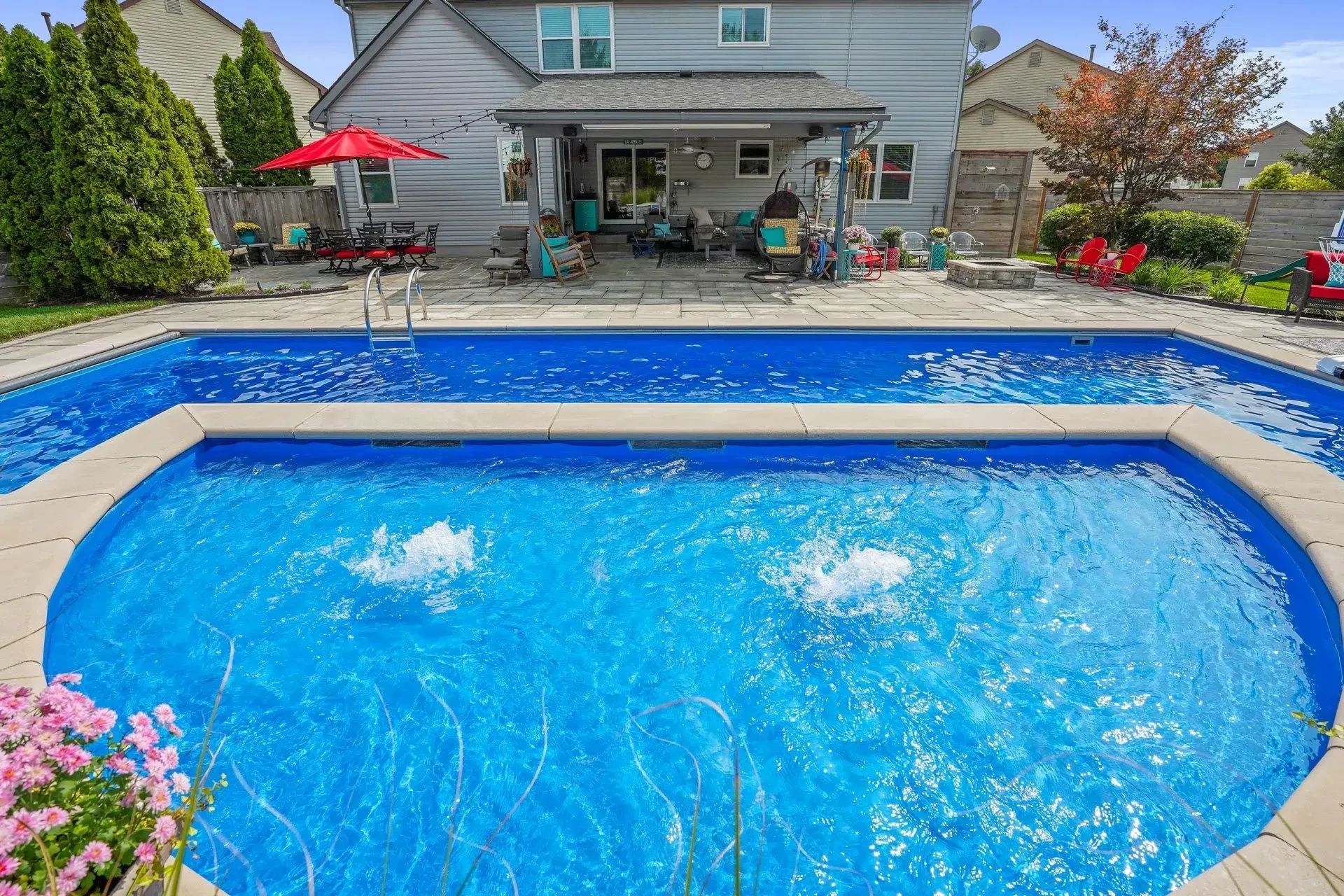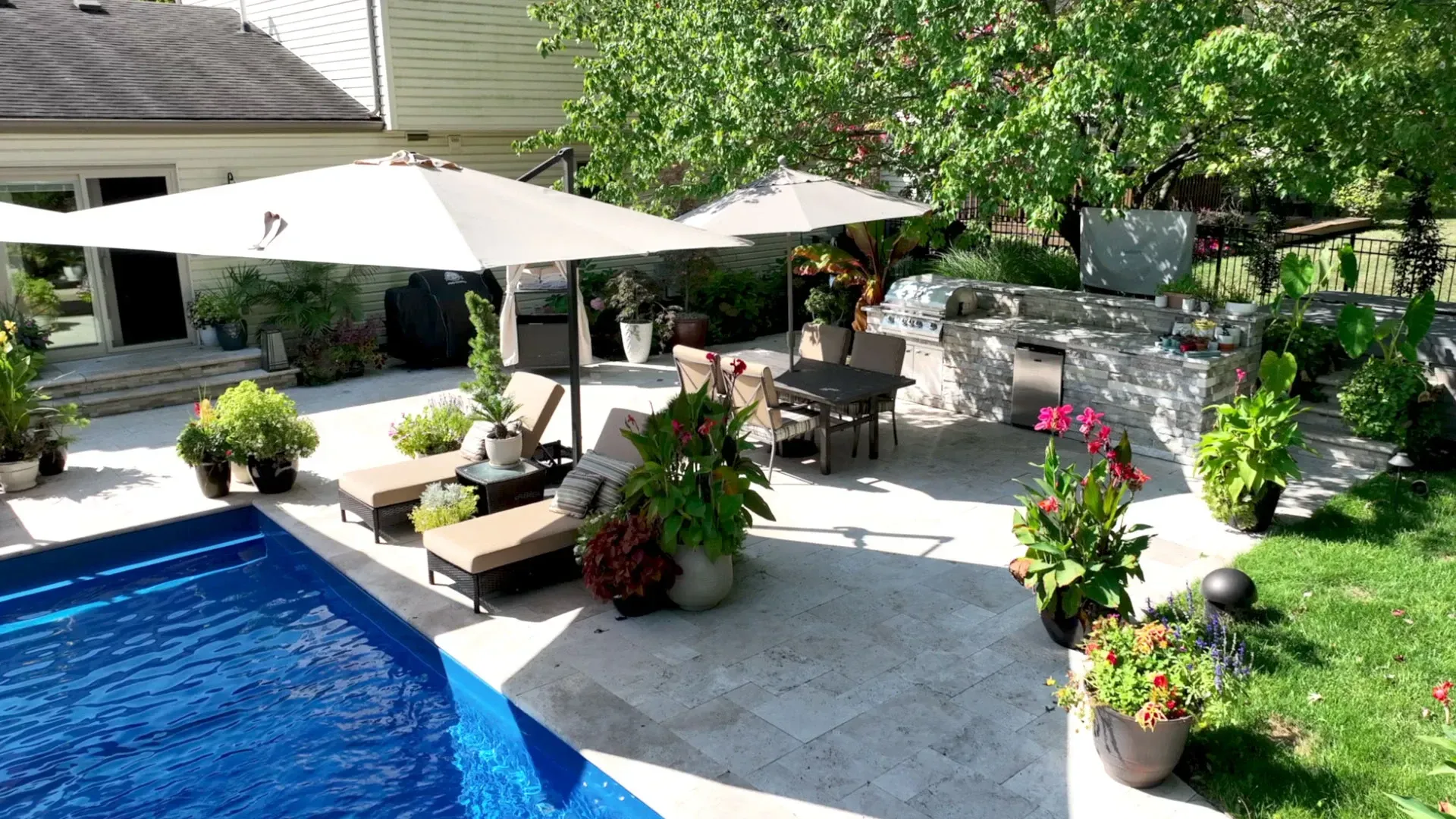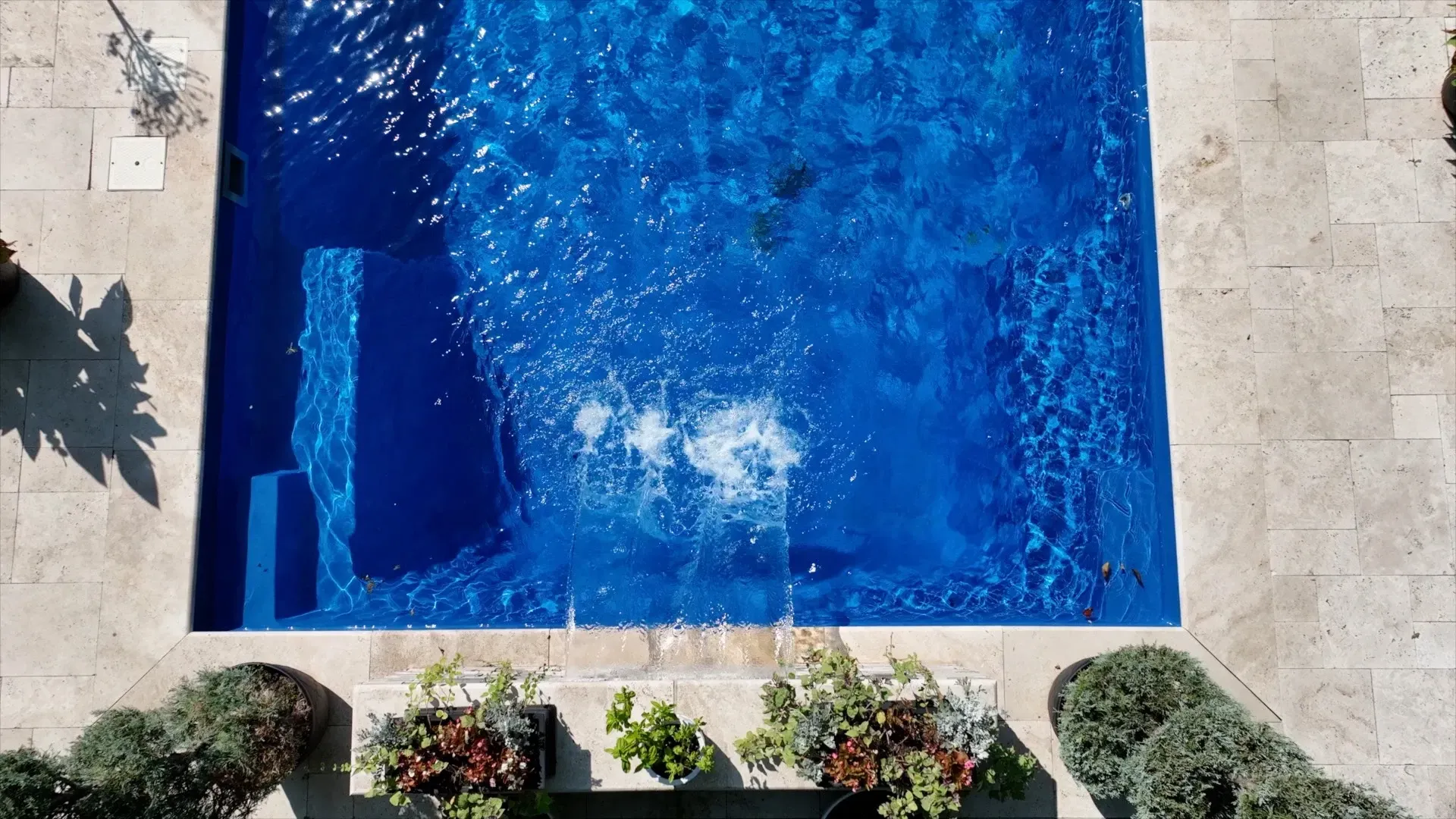Tips for Creating the Perfect Outdoor Entertainment Space

Your backyard is more than just a patch of grass - it’s a canvas for creating your own outdoor oasis and private retreat. Whether you love hosting summer barbecues, cozying up by the fire pit on chilly evenings, or simply relaxing in the fresh air, a well-designed outdoor entertainment space can enhance your lifestyle and add value to your home.
Keep reading for some expert tips for Omni Pools & Scapes, central Ohio’s premier outdoor living specialists, to help you create the perfect outdoor space to entertain your friends and family this summer!

1. Define Your Space:
Start by defining the purpose of your outdoor space. Do you want a dining area, a lounge space, a pool area, a combination of all of the above? Consider the size of your backyard and how you can best utilize the available space to accommodate your wants and needs.
2. Choose the Right Flooring: The flooring of your outdoor space entertainment area sets the foundation for the entire space! Consider options like a composite wood deck, a natural stone paver patio, or even an artificial turf lawn for low maintenance green space. There are many options to choose from depending on the aesthetic and type of space you are going for!
3. Create Zones: To make your outdoor space more functional, consider creating distinct zones for different activities. For example, you could have a cooking area with built-in grill and countertop, a dining area with a table and chairs, and a lounge area with comfortable seating and a fire pit. This allows you to entertain your guests seamlessly, with each zone serving a different purpose.
4. Add Lighting:
Outdoor Lighting is essential for creating ambiance and extending the usability of your outdoor space into the evening and night hours. Consider installing string lights for a cozy glow, path lights for safety and spotlights to highlight key features like trees or water features.
5. Incorporate Greenery:
Plants and landscaping can add beauty and tranquility to your outdoor space. Consider adding a mix of trees, shrubs, and flowers to create a lush, inviting environment. You can also add potted plants and hanging baskets to add color and texture to your space!
6. Accessorize: Finally, don’t forget to accessorize your outdoor space with comfortable outdoor furniture, cushions, rugs, and decor items like lanterns, candles, and throw pillows. These finishing touches can make your outdoor space feel like an extension of your indoor living area!

Creating the perfect outdoor entertainment space in your backyard is all about thoughtful planning and design. By considering your needs, the available space, and incorporating these helpful tips, you can create a backyard retreat that you’ll be enjoying for years and years to come!
If adding a luxury, custom designed pool or beautiful deck or patio would elevate your outdoor space, we’d love to chat with you! Contact us today to get started on making your backyard the one you’ve been dreaming of.
OMNI LEARNING CENTER
RECENT POSTS




